Table of Contents
Introduction: What Is Redstone?
In the rapidly evolving world of decentralized finance (DeFi), data is everything. Smart contracts depend on accurate, real-time information to execute trustless transactions. That’s where blockchain oracles come in and one project is aiming to push this tech even further.
Meet Redstone, a modular, chain-agnostic oracle designed to power the next generation of on-chain finance. Backed by major players like Coinbase Ventures, Redstone is positioning itself as a flexible, secure, and efficient solution for delivering off-chain data to over 110+ blockchains.
But while the tech looks strong, there’s more under the surface. Let’s dive into Redstone’s fundamentals, tokenomics, team, and long-term value proposition and figure out whether it deserves a spot in your crypto portfolio.
What Makes Redstone Unique?
Redstone isn’t just another oracle like Chainlink or Pyth. Its architecture stands out because of three key factors:
1. Modular Oracle Infrastructure
Redstone breaks the typical oracle stack into three independent layers:
- Data sourcing
- Aggregation
- Delivery
This “Lego-like” approach allows developers to plug and play only the components they need. This modular design not only improves speed and efficiency but also enhances flexibility across blockchains.
2. Push + Pull Data Model
Most oracles push data continuously, even when it’s not needed. Redstone offers pull-based feeds too so smart contracts can request data on demand, reducing unnecessary bandwidth and cost.
This makes Redstone a great fit for high-performance DeFi apps like lending platforms, DEXs, and derivatives protocols.
3. Support for 1,300+ Assets Across 110+ Blockchains
Redstone works across Ethereum, Solana, Arbitrum, Optimism, BNB Chain, and many more. It also supports 1,300+ different assets, making it one of the most integrated oracles in crypto today.
Key Products in the Redstone Ecosystem
Redstone isn’t just about price feeds. Here’s a breakdown of its core product offerings:
| Product | Purpose |
|---|---|
| Price Feeds | Core real-time data for DeFi protocols |
| Proof of Reserve | Verifies tokenized assets are properly collateralized |
| ATOM Oracle | First liquidation-aware oracle, zero latency price updates |
| RWAs & Tokenized Data | Infrastructure for real-world asset (RWA) tokenization and pricing |
Why Oracles Matter
Think about it: How does a DeFi lending platform know the current price of ETH, BTC, or stablecoins? It doesn’t, unless an oracle feeds it that data.
Without oracles, smart contracts would be blind. And without modular oracles like Redstone, they’re less adaptable and slower to scale.
In other words: Oracles are the backbone of real-time on-chain logic. Redstone takes this role seriously, offering faster, more modular, and customizable solutions than legacy providers.
Partnerships, Adoption and Ecosystem Growth
Redstone’s integration list is impressive:
- Pendle Finance
- Drift Protocol
- EtherFi
- Morpho
- Securitize
- Hyperliquid
It’s also powering price data for BlackRock’s BUIDL fund through a pilot with Securitize.
With a growing footprint in RWAs (Real World Assets) and tokenized fund pricing, Redstone is moving beyond crypto-native use cases and into the world of institutional DeFi.
Tokenomics Overview
Here’s where things get complicated.
Red Token Utility
The RED token is used for:
- Staking: To secure oracle infrastructure
- Rewards: For both stakers and data providers
- Security Layer: To align incentives via actively validating services (AVS)
But there’s no governance component – a major red flag for decentralization.
Token Distribution
| Category | Allocation (%) |
|---|---|
| Core Contributors | 20% |
| Early Backers | 31.7% |
| Ecosystem + Data Partners | 24.3% |
| Community + Protocol Dev | 14% |
| Binance Launchpool | 4% |
Over 51% is controlled by early insiders and backers. This makes it one of the most centralized token distributions in the oracle sector.
Vesting Schedule
- 72% of tokens are initially locked
- Unlocking occurs linearly over 4 years
- Significant unlocks begin in March 2026, potentially during a bear market
This raises serious concerns about long-term dilution, especially for retail investors.
Redstone’s Team
Redstone is led by:
- Jakub Wojciechowski – Founder and smart contract expert; ex-OpenZeppelin auditor
- Marcin Kazmierczak – Co-founder; Google Cloud educator and blockchain advocate
- Alex Strzesniewski – Lead developer; strong engineering background
The team is young and tech-savvy, with solid Web3 experience. However, there’s limited DeFi-specific leadership or community growth strategy evident.
And while their Gitbook is well-organized, important things like:
- Modular tech definitions
- Token release timelines
- Wallet transparency
…are either vague or missing entirely.
Community and Social Engagement
Despite solid blogs and research reports, Redstone’s social game needs work:
| Platform | Status |
|---|---|
| Discord | Overly structured, no general chat |
| Telegram | Announcement-only, not interactive |
| X (Twitter) | Decent engagement, 250K+ followers |
| Blog | Well-maintained, educational focus |
Redstone’s community is not retail-friendly. The lack of open dialogue (on Discord/Telegram) limits sentiment building and hurts long-term adoption.
Pros and Cons: The Verdict on Redstone
Let’s break it down:
Pros:
- Modular, chain-agnostic oracle infrastructure
- Supports 1,300+ assets across 110+ blockchains
- Liquidation-aware ATOM oracle for zero-latency DeFi
- High security (audited 15+ times)
- Impressive partnerships (BlackRock, Drift, Securitize)
- Backed by top VCs (Coinbase Ventures, LayerZero, etc.)
Cons:
- Highly centralized token distribution
- No DAO or governance mechanism
- Lack of transparency in top wallet allocations
- Community engagement is minimal
- Risk of heavy dilution starting 2026
- Retail UX could be more welcoming
Final Thoughts: Should You Add Redstone to Your Portfolio?
Redstone is technically impressive. It’s solving real problems in DeFi and RWAs. The modular oracle approach could become the new standard. Its growth across chains and protocols proves strong product-market fit.
However, tokenomics and governance are a serious Achilles’ heel. The lack of clarity and community voice puts early retail investors at a disadvantage, especially if the bear market hits during heavy unlocks.
Bottom Line:
Redstone is a 7/10 project today with the potential to become a 9/10, if they address:
- Transparent governance
- Cleaner token release strategy
- Stronger community presence
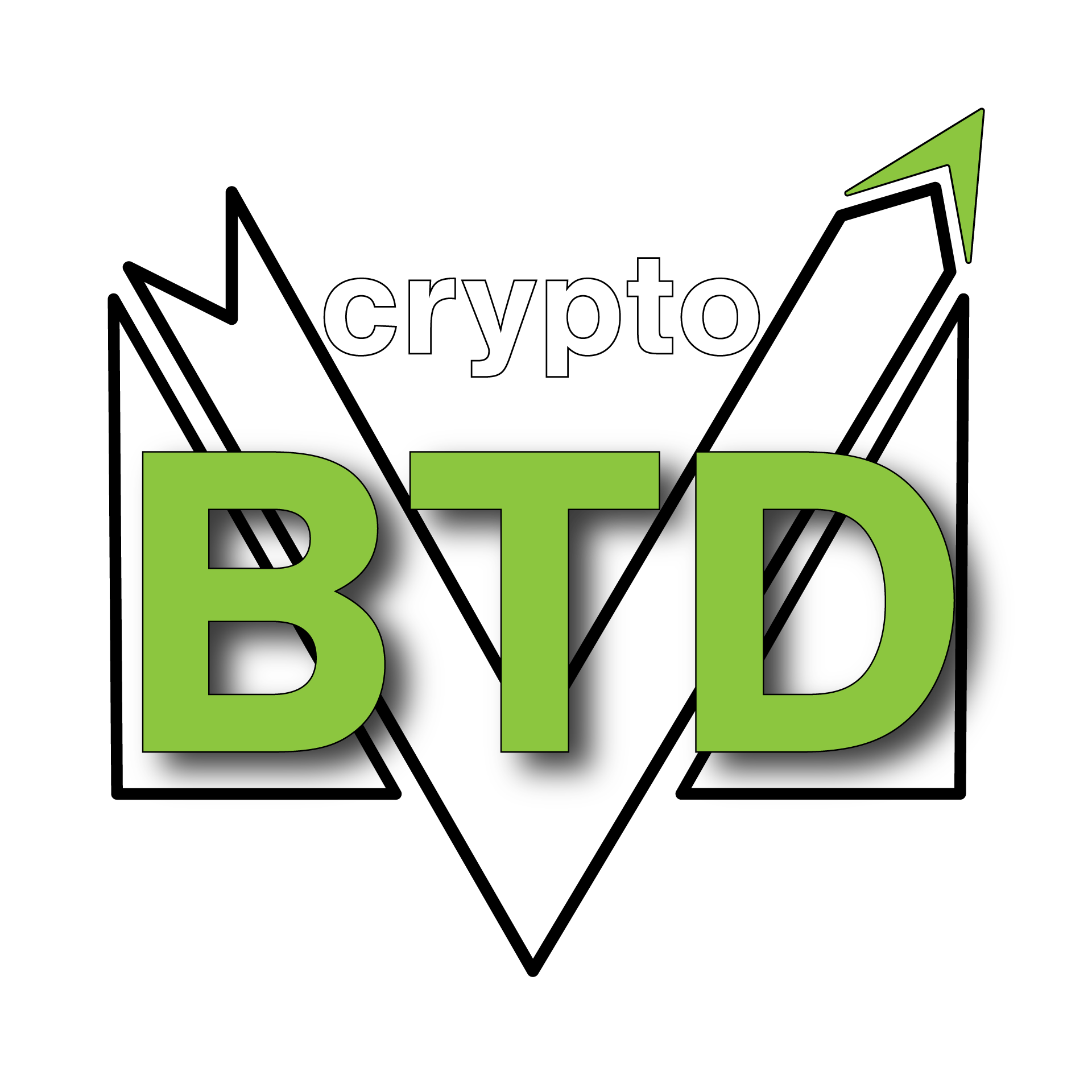
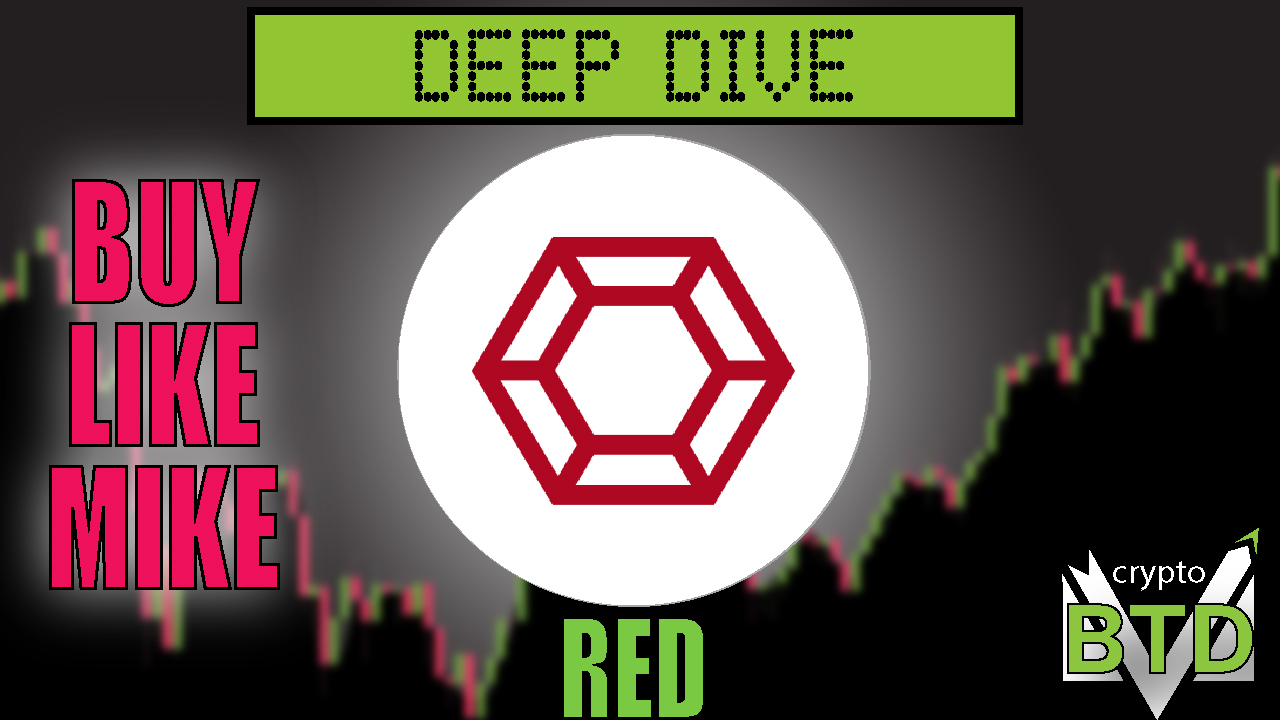
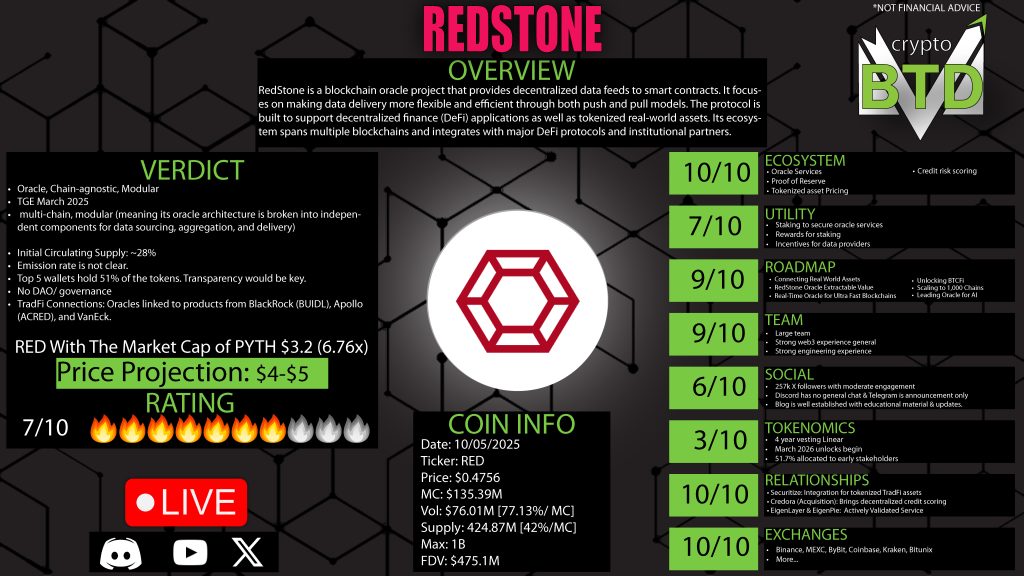
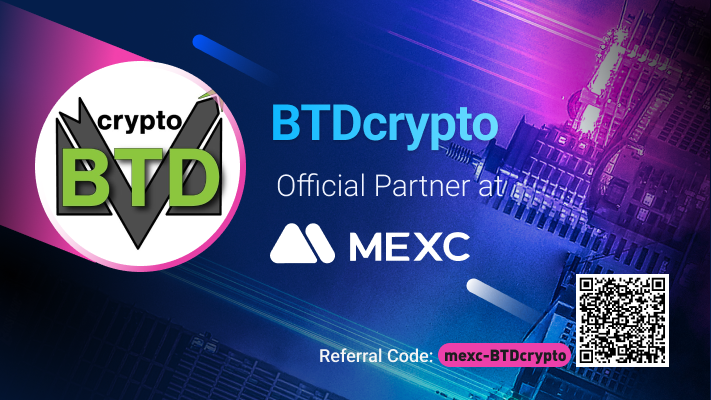
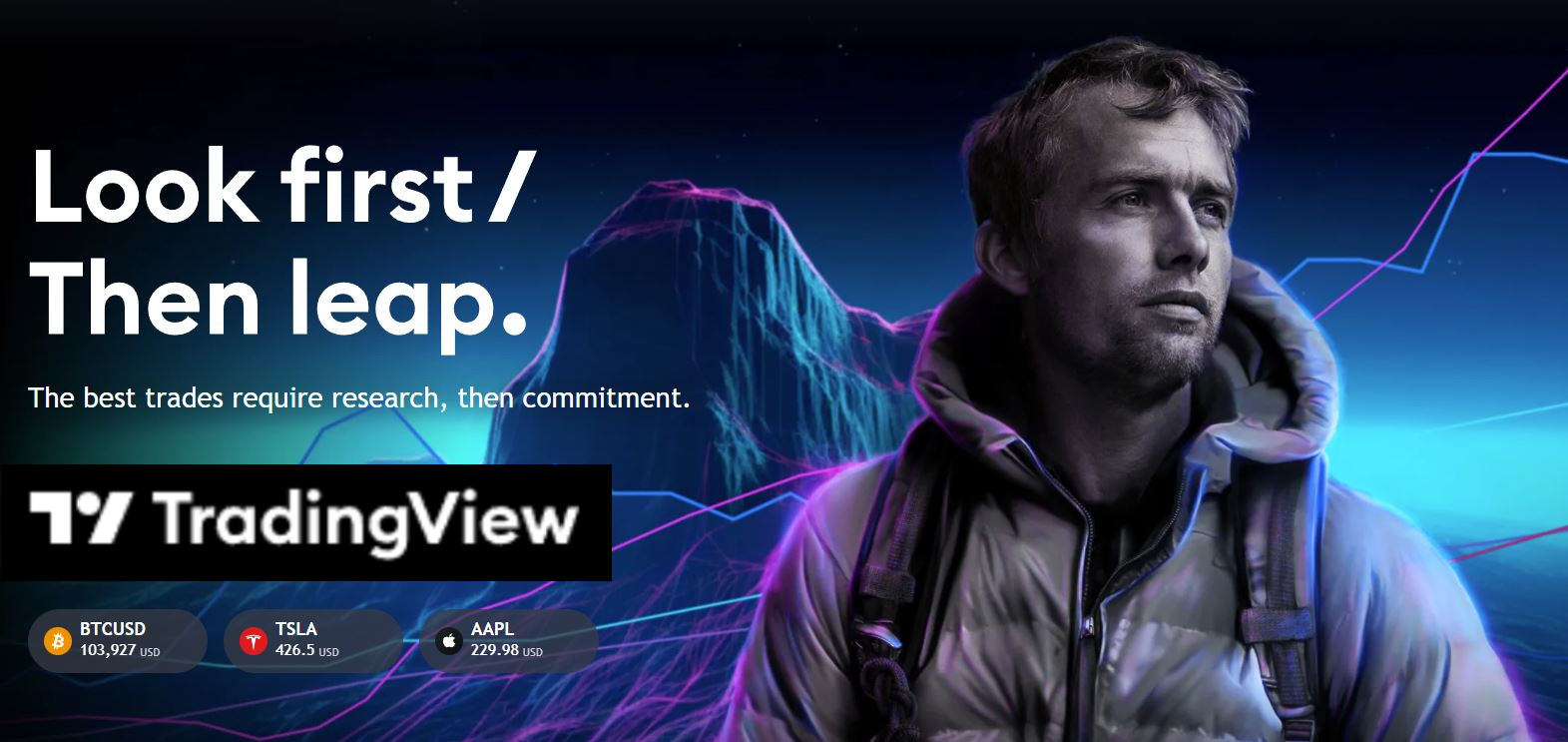
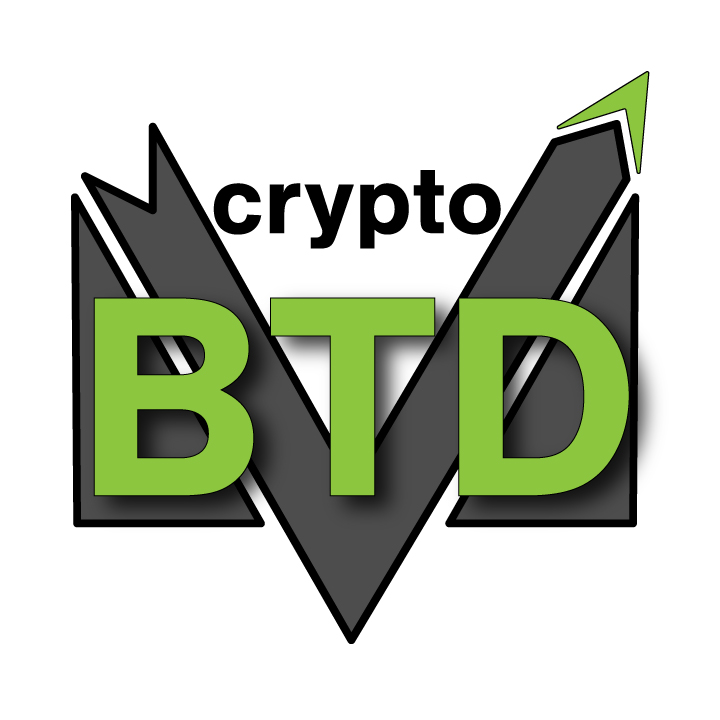
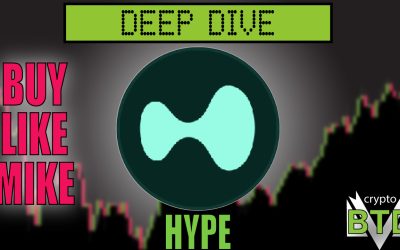
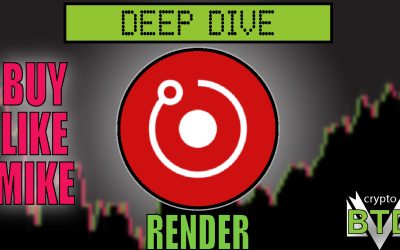
0 Comments